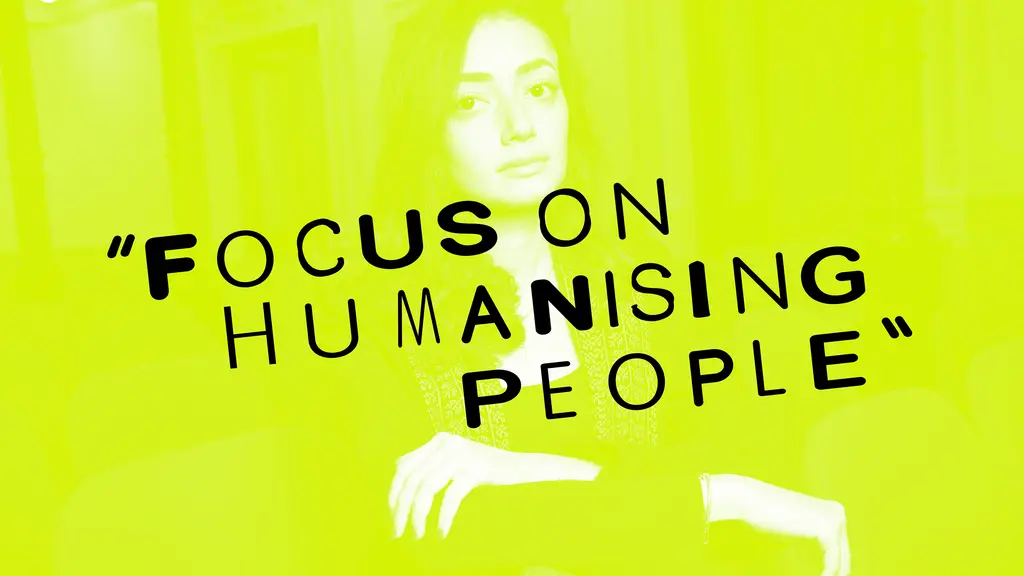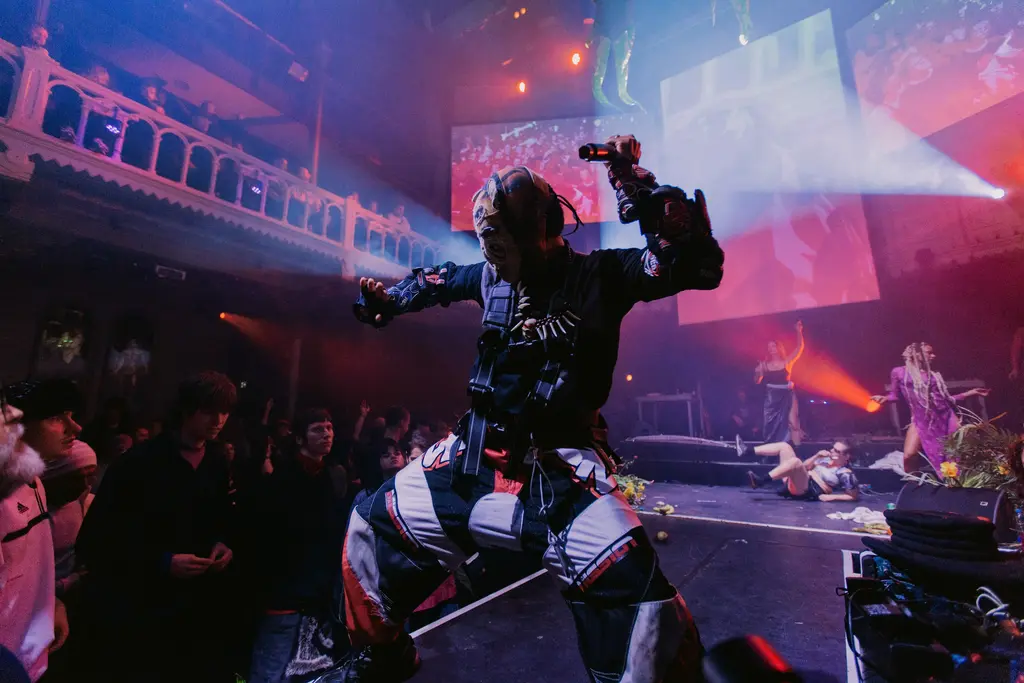The return of the free dial-a-rave
- Text by Gabriela Helfet
- Photography by Phil Clarke Hill

Raves were born out of necessity, like most of dance culture we know and love today. From their beginnings in New York, Chicago and Detroit, before they swept across the Atlantic to Europe and beyond, these illegal disco parties have served as homophobia-free, racism-free, and sexism-free havens from the mainstream.
Unconventional off-the-grid spaces – rent houses, lofts, factories, abandoned underground stations, patches of grass in the middle of nowhere – became audio sanctuaries. Who you fancied or how you looked or where you came from didn’t mean a goddamn thing.
You didn’t know the line-up. You didn’t know whether your best friend’s ex-boyfriend’s sister’s cousin’s mother’s pet turtle was ‘maybe’ attending. You didn’t even know exactly where the party was. Here’s what you did know: a date, a city – possibly a meeting point near a motorway, if you were lucky – and a telephone number.
This year, Red Bull Music Academy are paying homage to those halcyon days, and throwing a free dial-a-rave in London, Saturday April 11, 10pm – 4am. Lineup and venue tba on the day.
And, on a real, this is 2015 not 1992, which means no flyers. Here’s what you do: Tweet #0800R1NG2RAV3. Check your DMs. Follow the instructions. Go to the address. Turn your phone off. Put your hair up. And get down. Sounds like our kinda party.
For more information on the 2015 RBMA UK/NYC tour and to find what’s happening near you, check out Red Bull Music Academy.
Enjoyed this article? Like Huck on Facebook or follow us on Twitter.
Latest on Huck

Plestia Alaqad: “Journalists should focus on humanising people”
Huck’s April interview — Having become one of the most crucial and followed voices from inside Gaza in the aftermath of October 7, the award-winning author and journalist is releasing a new memoir, ‘The Eyes of Gaza’, collating diary entries made over the past 18 months. We caught up with her to hear more about it.
Written by: Isaac Muk

The instrument makers taking DIY music to a whole new level
What does it take to construct a modular synth? How do you turn a block of wood into a double bass? Here, four craftspeople explain why they chose to rip up the rulebooks and build their own music-making machines.
Written by: Daniel Dylan Wray

Southbank Centre reveals new series dedicated to East and Southeast Asian arts
ESEA Encounters — Taking place between 17-20 July, there will be a live concert from YMO’s Haruomi Hosono, as well as discussions around Asian literature, stage productions, and a pop-up Japanese Yokimono summer market.
Written by: Zahra Onsori

In 1971, Pink Narcissus redefined queer eroticism
Camp classic — A new restoration of James Bidgood’s cult film is showing in US theatres this spring. We revisit its boundary pushing aesthetics, as well as its enduring legacy.
Written by: Miss Rosen

As amapiano goes global, where does it leave its roots?
Rainbow grooves — Over the past decade, the house music subgenre has exploded into a worldwide phenomenon. Jak Hutchcraft went to its birthplace of Mamelodi, South Africa, to explore its still-thriving local scene.
Written by: Jak Hutchcraft

Clubbing is good for your health, according to neuroscientists
We Become One — A new documentary explores the positive effects that dance music and shared musical experiences can have on the human brain.
Written by: Zahra Onsori